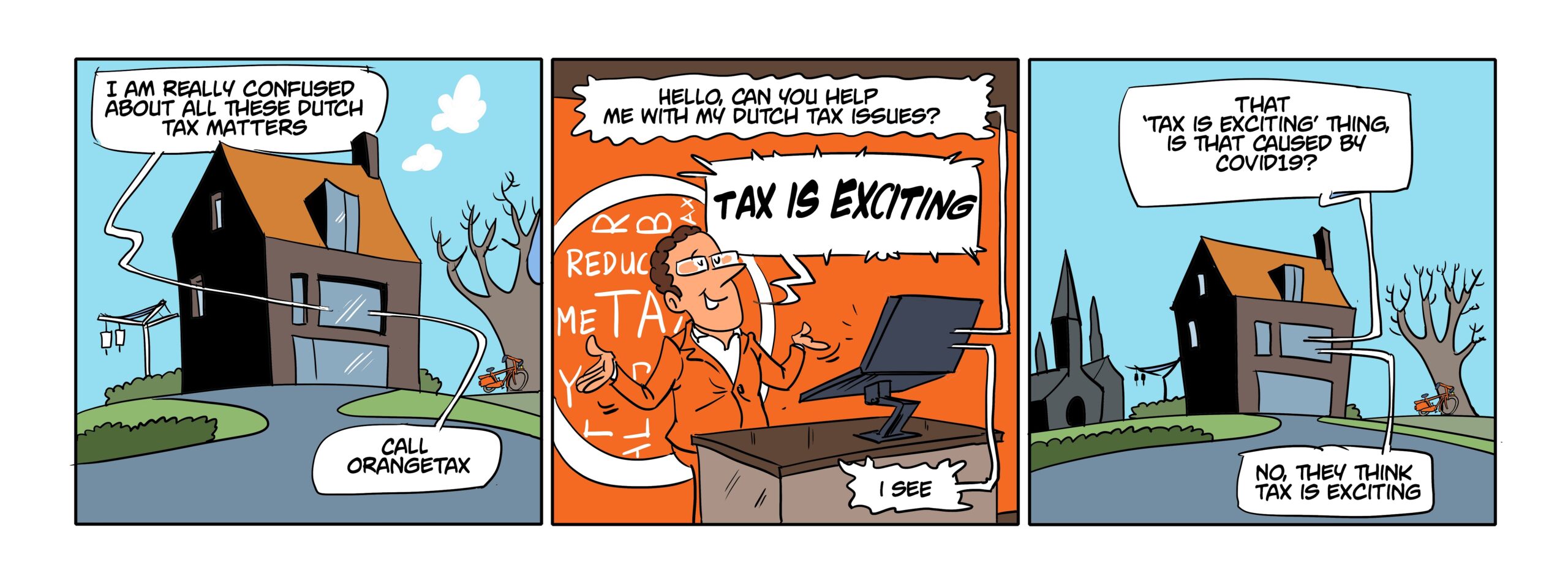December time is the period in the year that you have to clean the balance before it is frozen in the annual report on December 31. What needs to be done?
The main focus of the tax office is the profit, then the salary, was it high enough, but the next item on the target list of the Revenue is the current account between the linked companies. Why is this on the target list of the Revenue? Basically because it is too easy to shoot at it and win.
A current account is a result of money being transferred from one company to the other within a group. The tax office indicates this to be a loan agreement. The basic criteria for a loan agreement is a transfer price proof interest percentage, repayment schedule and collateral. If that is not the case, the loan is regarded equity, equity is not desired by the group of companies.
In most, if not all, current account agreements the repayment scheme is not taken into account. If there is a current account agreement, the repayment scheme is solved by the words repayment at once at the desire of the collecting party.
The collateral is nearly never provided. Although the tax office is keen to address the loan as equity, jurisprudence has indicated that a higher (more risk) interest percentage can solve the lack of collateral.
To prevent such discussion or to limit such discussion, December is the time to look at the current account status. Most of the time it is created by the holding company having no money only invoices or salary to be paid. The working company having money and paying for the holding company. This current account is solved by either the holding company issuing a management invoice or having the working company paying a dividend. Under the participation exemption the dividend tax is charged at 0% dividend withholding tax.
No only is the current account issue easily solved, with a dividend payment the generated profit by the working company is secured with the holding company against a possible bankruptcy of the working company.





